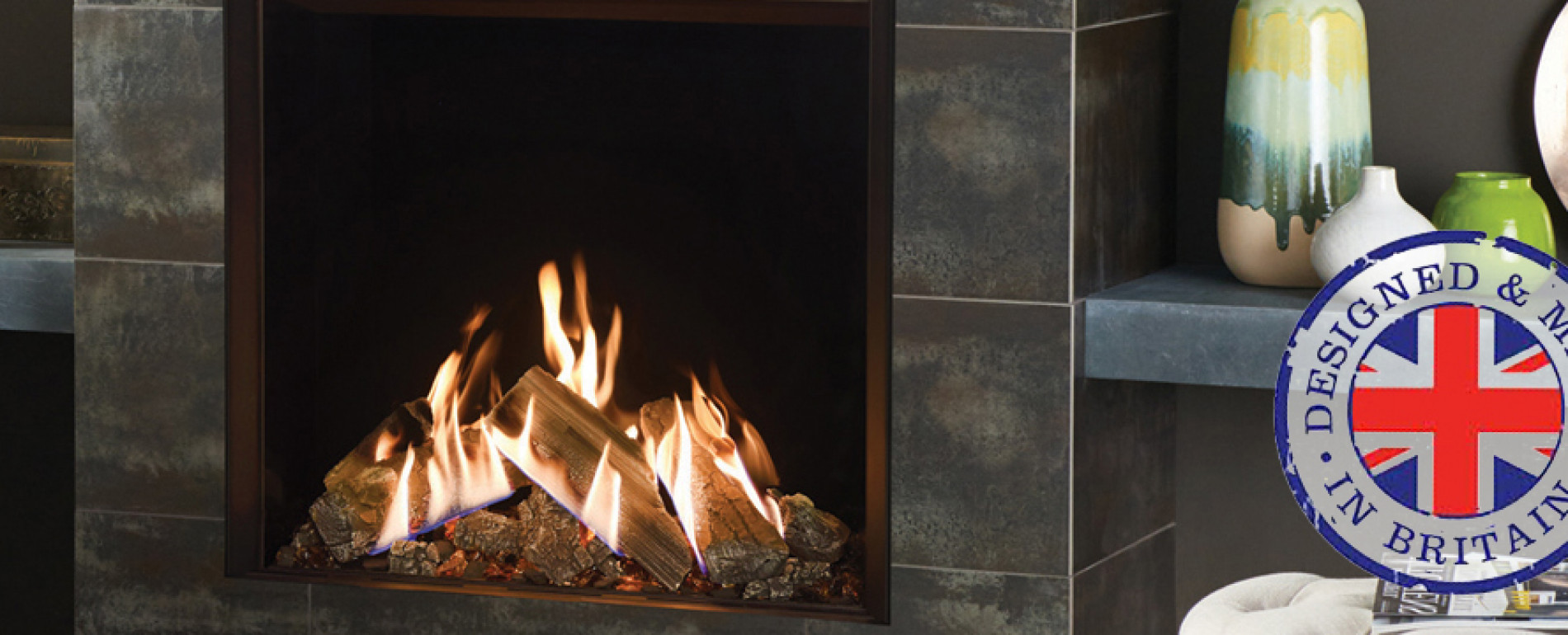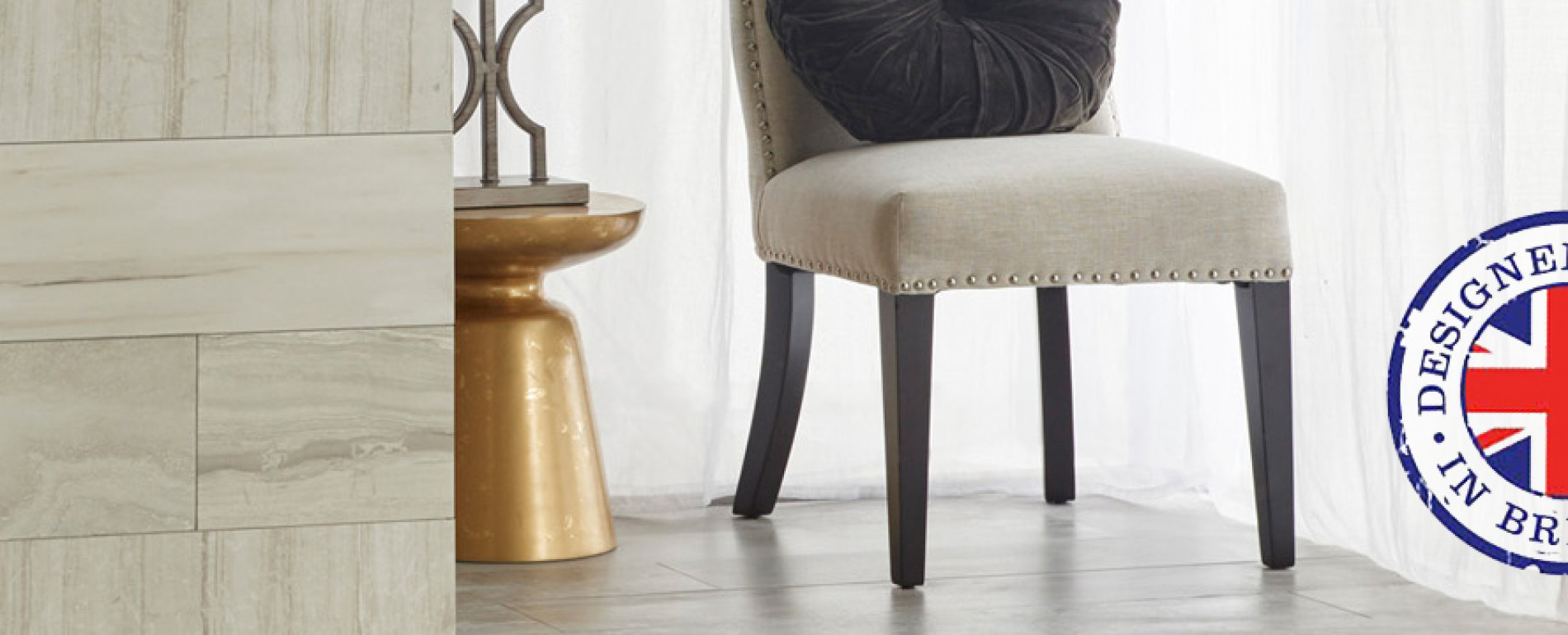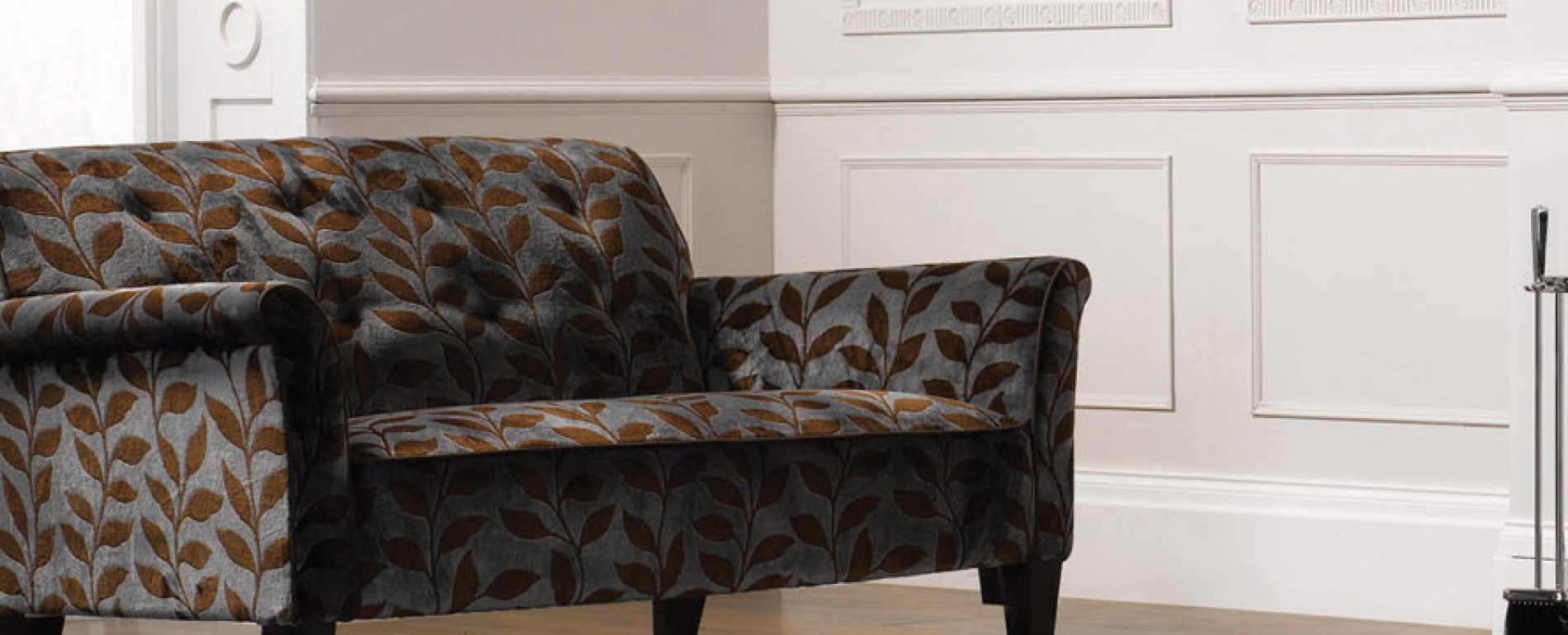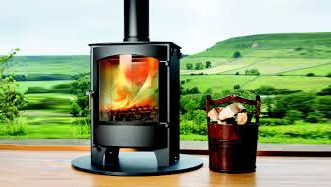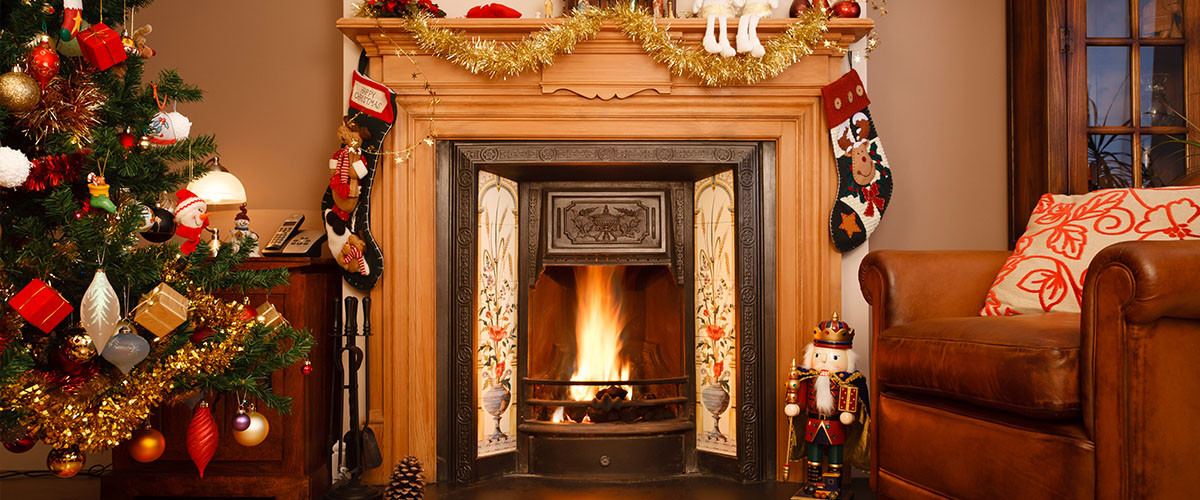
Comprehensive Guide to Fireplace Maintenance
A fireplace is more than just a source of warmth; it’s a focal point of your home, creating ambiance and comfort. Proper maintenance ensures its efficiency, safety, and longevity. This guide provides detailed insights into maintaining various types of fireplaces, including wood-burning, gas, and electric models.
1. Wood-Burning Fireplaces
Wood-burning fireplaces require consistent care to operate safely and efficiently. Neglecting maintenance can lead to creosote buildup, smoke issues, and even chimney fires.
Key Maintenance Steps:
1.1. Regular Cleaning:
-
Ash Removal: Clean out ash from the firebox regularly, ideally after every use. Use a metal container with a tight-fitting lid to dispose of ashes safely.
-
Glass Doors: Use a specialized cleaner to remove soot and creosote from the glass doors.
1.2. Chimney Cleaning:
-
Creosote Removal: Creosote buildup is highly flammable and a leading cause of chimney fires. Hire a professional chimney sweep at least once a year.
-
Inspect for Blockages: Ensure there are no nests, debris, or obstructions in the chimney.
1.3. Firebox and Flue Inspection:
-
Look for cracks, loose bricks, or damaged mortar in the firebox.
-
Ensure the damper opens and closes smoothly and seals properly.
1.4. Seasoned Wood Usage:
-
Burn only seasoned hardwoods, which produce less creosote and provide better heat.
-
Avoid burning treated wood, painted wood, or garbage, as these release harmful toxins.
2. Gas Fireplaces
Gas fireplaces are convenient and low-maintenance, but they still require periodic checks to ensure optimal performance and safety.
Key Maintenance Steps:
2.1. Annual Inspection:
-
Have a professional inspect the gas lines, valves, and connections for leaks or corrosion.
-
Check the thermocouple and thermopile to ensure they’re functioning correctly.
2.2. Cleaning:
-
Glass Panels: Use a non-abrasive cleaner to keep the glass panels clear of residue.
-
Burners: Vacuum the burner ports to remove dust and debris.
2.3. Pilot Light and Ignition System:
-
Test the pilot light regularly to ensure it stays lit.
-
Clean the ignition system to prevent misfires or delayed ignition.
2.4. Ventilation:
-
Inspect the venting system to ensure proper airflow and no obstructions.
-
If you have a ventless gas fireplace, monitor the room’s air quality and ensure proper ventilation.
3. Electric Fireplaces
Electric fireplaces are the easiest to maintain but still benefit from periodic care to ensure functionality and appearance.
Key Maintenance Steps:
3.1. Dusting and Cleaning:
-
Wipe down the exterior and interior with a soft cloth to remove dust.
-
Clean the glass front with a non-abrasive cleaner.
3.2. Bulb Replacement:
-
Replace any burned-out bulbs to maintain the realistic flame effect.
3.3. Vent Inspection:
-
Ensure the heating vents are clear of dust and debris to prevent overheating.
3.4. Electrical Checks:
-
Inspect the power cord and plug for damage.
-
Avoid using extension cords, as they can overheat and cause electrical issues.
4. Seasonal Maintenance Checklist
Spring and Summer:
-
Deep clean the fireplace and chimney after the heating season.
-
Inspect for damage caused by winter weather.
-
Cover the fireplace opening with a vented cover to prevent pests and debris from entering.
Fall and Winter:
-
Schedule a professional inspection before using the fireplace.
-
Test smoke and carbon monoxide detectors to ensure they’re working correctly.
-
Stock up on seasoned firewood or ensure your gas supply is adequate.
5. Safety Tips for All Fireplaces
-
Install Detectors: Place smoke and carbon monoxide detectors near the fireplace and test them regularly.
-
Keep a Fire Extinguisher Nearby: Ensure it’s easily accessible and fully charged.
-
Supervise Fires: Never leave a fire unattended, especially in homes with children or pets.
-
Use a Screen or Door: Prevent sparks and embers from escaping the firebox.
-
Clear the Area: Keep flammable items like furniture, curtains, and rugs at least three feet away from the fireplace.
6. When to Call a Professional
While regular maintenance can be done by homeowners, certain tasks require professional expertise:
-
Chimney sweeping and inspection.
-
Repairing cracks or damage in the firebox or flue.
-
Addressing gas line or valve issues.
-
Upgrading outdated or non-compliant fireplace components.
Final Thoughts
A well-maintained fireplace not only enhances the aesthetic appeal of your home but also ensures safety and efficiency. Whether you have a wood-burning, gas, or electric model, following these maintenance tips will help you enjoy your fireplace for years to come. Regular care and periodic professional inspections are essential for preventing costly repairs and ensuring your fireplace remains a cozy centerpiece of your home.

